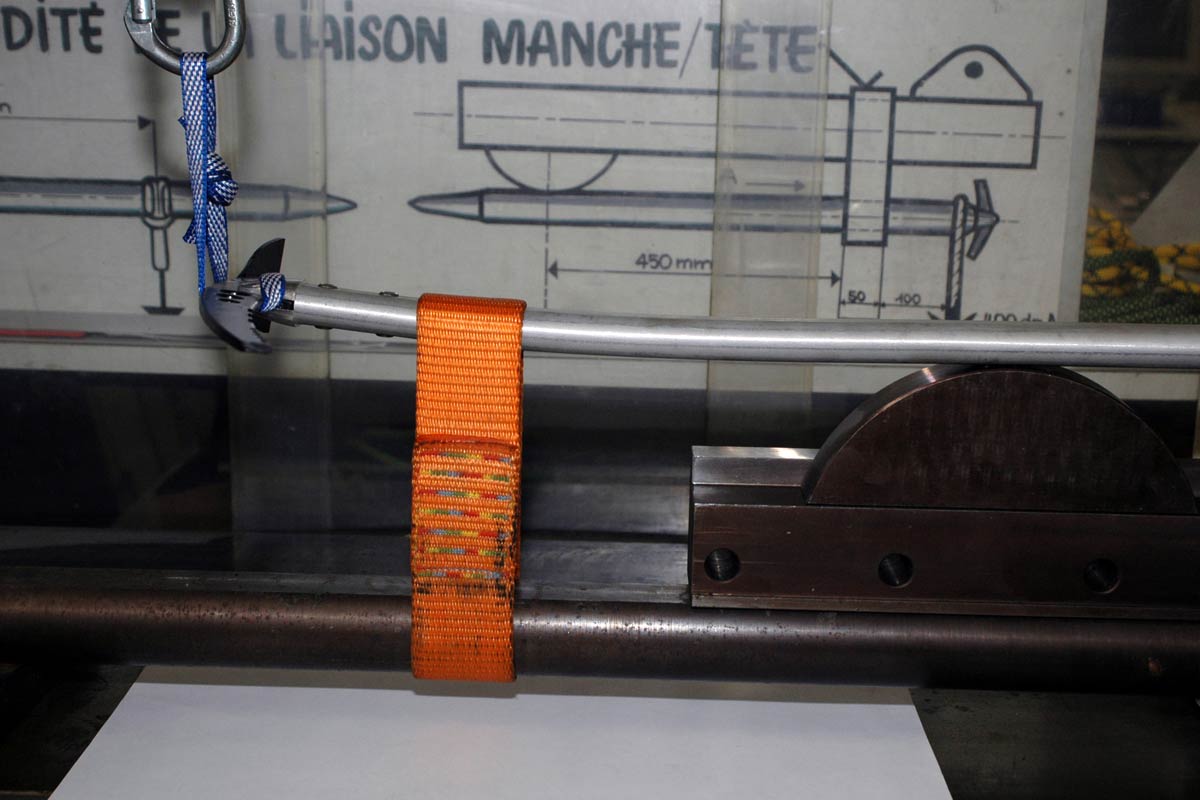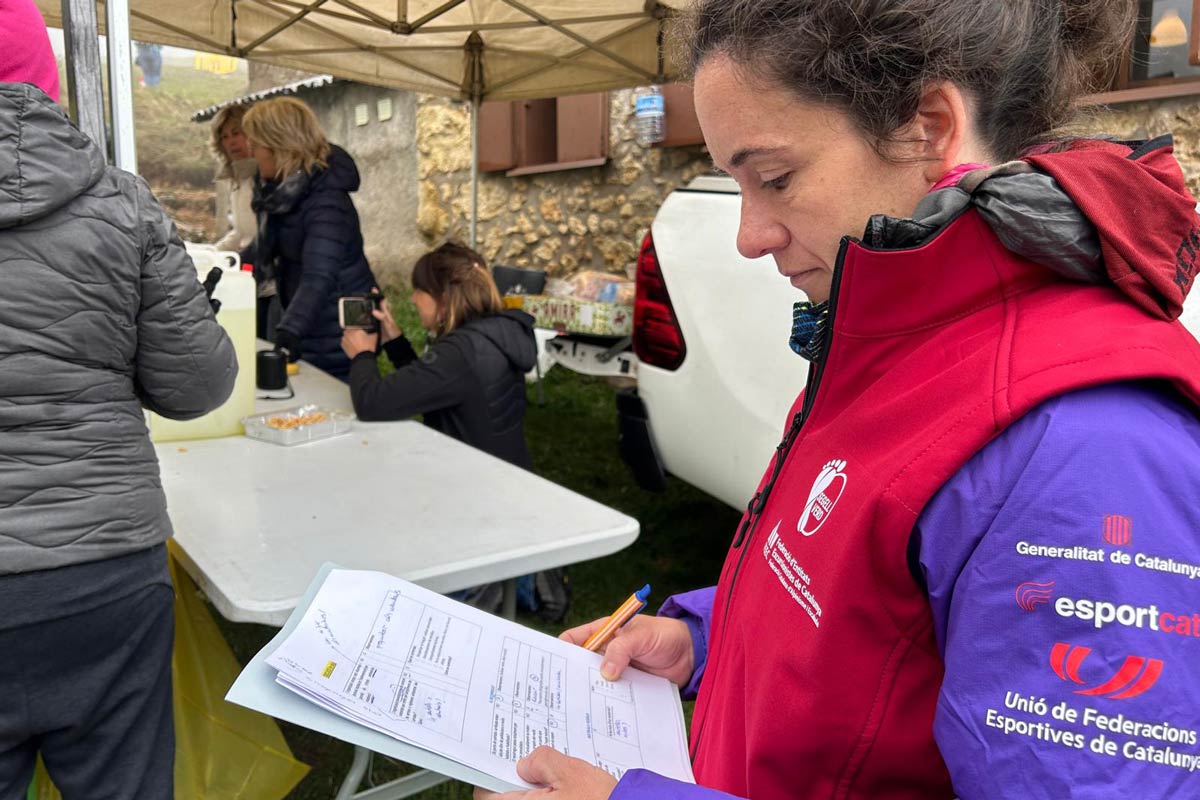Editor’s Note: The UIAA Safety Commission met recently in Chamonix, France. Commission president Dave Custer filed this update from the meeting.
The UIAA Safety Commission completed work on several pending issues such as ropes and bolt standards and accelerated work on the time-sensitive subject of energy absorbing systems for via ferrata (VF-EAS) at this year’s meeting in Chamonix France.
To accelerate the VF-EAS work, a fifth of the meeting was devoted to a joint UIAA Safety Commission/European Standards Committee (CEN) Working Group (CEN/TC 136 WG5) session to identify consensus and disagreement points in preparation for the June CEN WG meeting.
Via Ferrata
This joint work is a follow-up of the Feb joint UIAA/CEN session that was precipitated by a fatal accident last August in Ottenalm, Austria, and subsequent testing that revealed the alarming interaction of the nylon strength member in combination with elastic fibers, which may be accelerated by the presence of grit.
The issue is of significant importance both to VF-EAS users and to manufacturers, and although progress was made, the many interrelated concerns that must be addressed in a VF-EAS standard continue to require further deliberation.
Climbing Anchors
The most significant standards work addressed at the meeting was the revision of the existing standard to include a classification system for the resistance to corrosion and stress corrosion cracking (SCC) of anchors. When finished, this will allow climbers to select an anchor to match their climbing area in order to give them the desired resistance to corrosion and SCC, and to have a reasonable expectation of a long working life: ideally at least 50 years.
The first area addressed was the Class 1 climbing location, that attacks most anchors: Thailand coastal limestone/karst is an example. The UIAA is looking at using a form of the ASTM G36 boiling magnesium chloride salt test to differentiate between anchors that are resistant to this type of environment. The next areas to be looked at will be locations that can suffer SCC and corrosion but are not as aggressive as Class 1. The Corrosion Working Group will specify several other classes that will address:
environments in which SCC is not a factor – but other forms of corrosion are
indoor environments where corrosion is negligible
Rope standard
The other significant standards work is the follow-up to the sharp edge standard that was suspended in 2004. The new addition to UIAA 101, the dynamic rope standard,” is a method for measuring the energy that a rope can absorb during a fall over a smooth, small-radius edge.
The current test does not mimic the conditions that might result during a climbing fall; instead, the 120 kg steel mass (roughly “equivalent” to a 315 lb climber) executes a UIAA fall with the rope tightly clamped next to the “edge,” which is a 0.75 mm radius curve with 2.4 µm surface roughness.
This edge better approximates a carabiner’s wire gate than any genuinely sharp edge that might be found on a cliff. The objective of standardizing this test is to provide a uniform measure of a rope’s performance so that this performance can be improved in the future. In the tests performed during the development of this standard, high performing ropes were capable of sustaining 30% more energy than low performing ropes; even so, all these ropes would surely sever if loaded by a falling climber over a natural rock edge during fall arrest.
The utility of this energy absorption measure to the climber is not immediate, additional information that might be available on the rope’s hangtag but a long-term (perhaps decades) effort to improve the rope’s resistance to cutting over an edge.
In addition to these major accomplishments, the 2013 Safety Commission meeting has defined a test for the dry treatment of climbing ropes and a test to ensure the security of harnesses in the event of a head-first fall. Work continues on a snow picket standard and a temperature range for the testing of climbing protection made from novel materials.
About the UIAA Safety Commission
The UIAA Safety Commission is made up national delegates from alpine clubs, manufacturers who submit to the UIAA Safety Standard and UIAA laboratories which conduct safety tests on behalf of the commission. The commission maintains a database of certified equipment and recalls.The UIAA was founded in 1932 and has 80 member associations in 50 countries representing about 1.3 million people.
Press contacts: Please email safetylabel@theuiaa.org
Author: Dave Custer has served as the American Alpine Club’s delegate on the UIAA Safety Commission since 2003. In addition to UIAA standards work, he has contributed to the development of standards for climbing equipment and climbing gym structures by participating on both the ASTM Committee F08 on Sports Equipment and Facilities and the CWA Engineering Standards Committee. He teaches at MIT, under the auspices of both the Experimental Study Group and the Comparative Media Studies/Writing Program. He entrains climbing into academia by supervising student research and has published papers on climbing equipment in the sports engineering literature. When not at work or deliberating climbing equipment standards, he can be found outside climbing.


